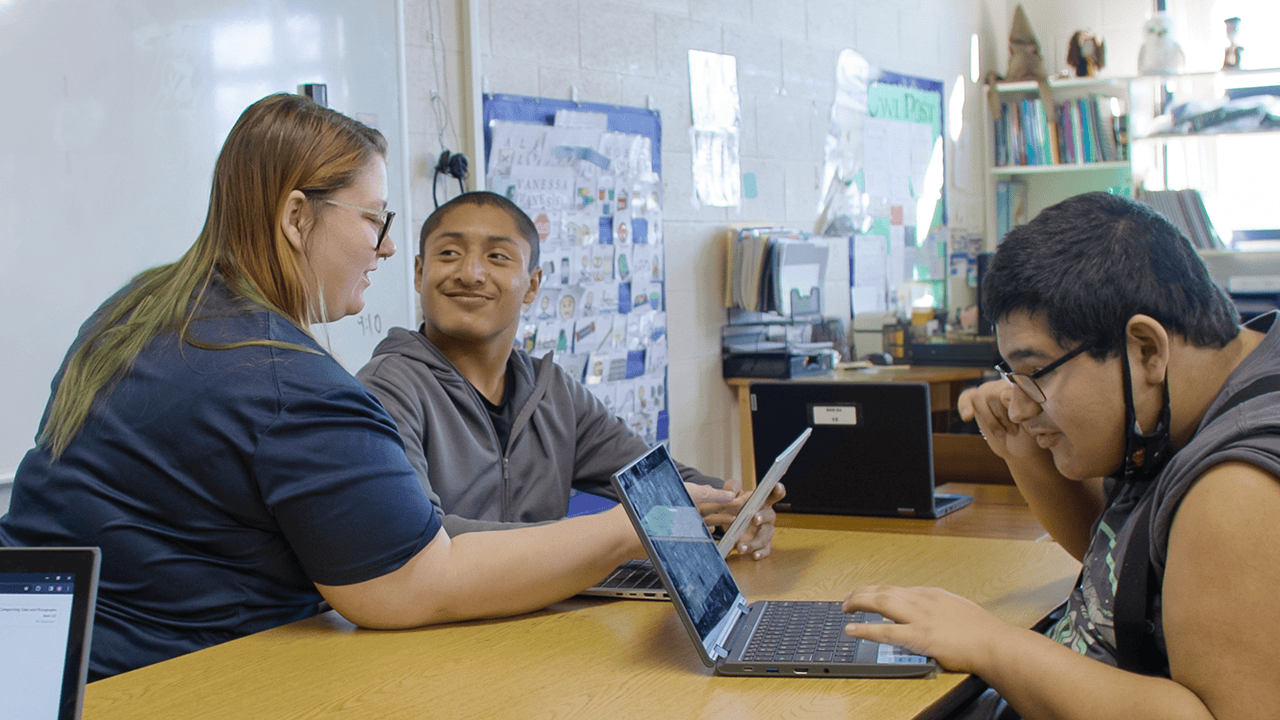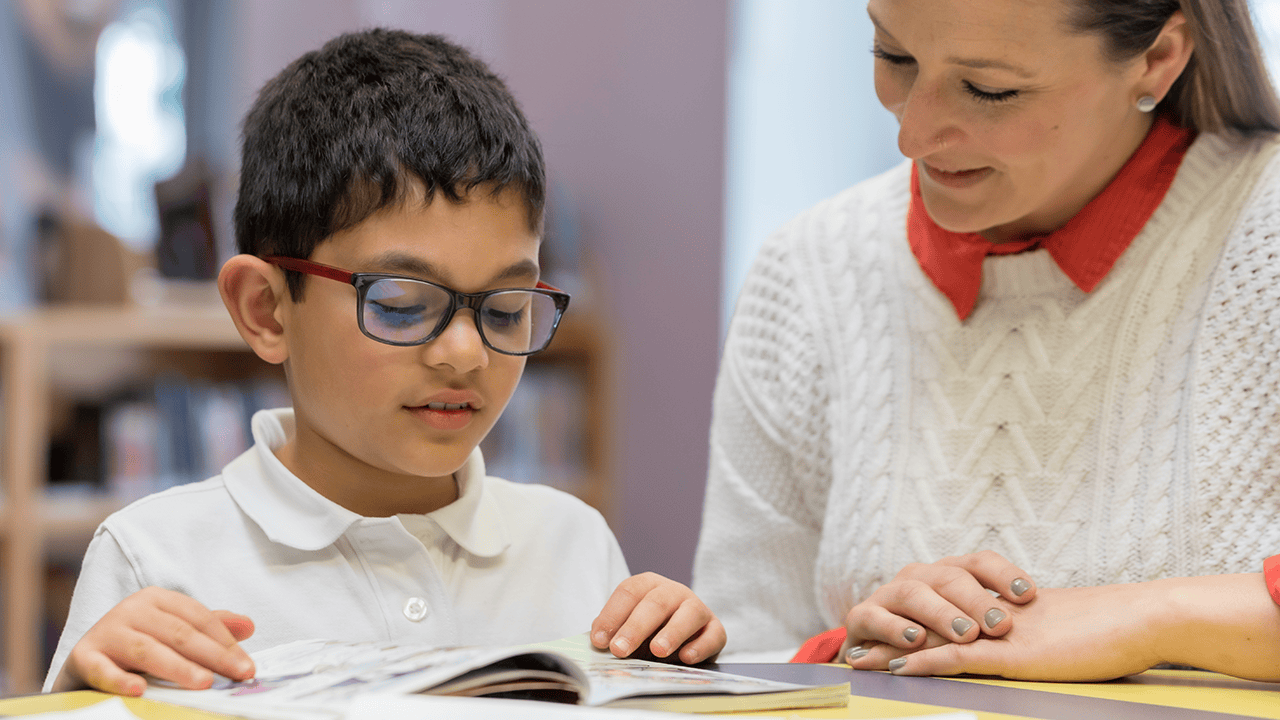When our senses are engaged, our memory is enhanced. Neuroscience teaches us that we learn better when visual and auditory information is combined—we create stronger neural pathways that solidify learning experiences. This is a basic hallmark of multisensory learning.
Sensory play is one kind of multisensory learning, and it is exceptionally important and effective for young children.
What Is Sensory Play—and Why Is It So Important for Young Children?
Sensory play is a broad term that includes any type of play activity that stimulates and engages the five senses: touch, sight, hearing, taste, and smell. In addition to these five senses, there is also the sense of space, referred to as proprioception, and the sense of balance.
Proprioception is your body’s sense of where you are in space, and it deals with movement and the position of your limbs and muscles. For example, it allows you to climb steps without having to look at each step or draw your index fingers together, even with your eyes closed. The sense of balance is connected to the stimulation of the vestibular system of the inner ear, and it tells us our body position in relation to gravity.
Sensory play focuses on activating any or all of these senses through creative, exploratory, and (largely) independent play. It supports cognitive growth, language development, fine and gross motor skills, and social interaction. It also helps children manage their emotions, particularly those trickier feelings like anxiety and frustration. Engaging in sensory play is crucial for young children’s healthy brain development, which is why early childhood learning centers and young elementary classrooms are filled with hands-on learning experiences.
The Best Sensory Play Activities
If you search online for “sensory ideas” or “play activities,” you’ll get thousands of results. But since that’s too much to sort through, here are a few of our very favorite sensory play ideas for your young children. These tried-and-true play activities are sure to keep your child engaged, learning, and happy.
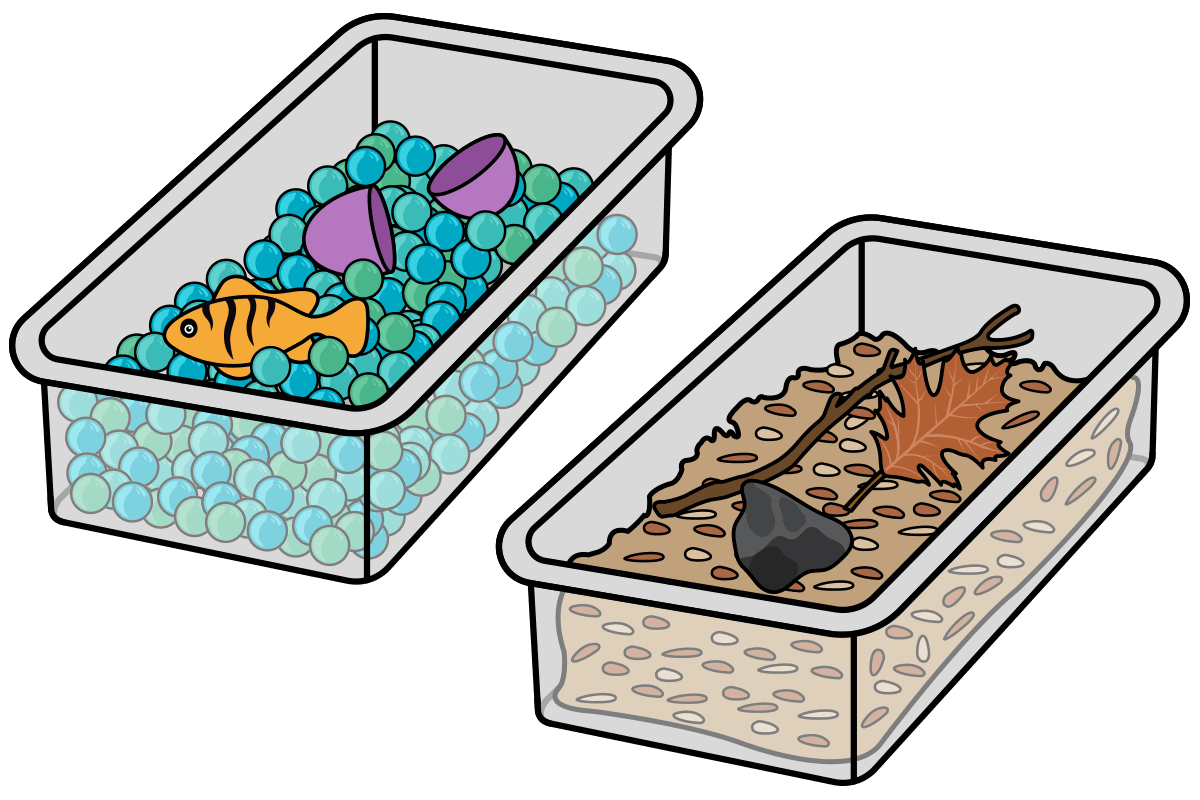
Sensory Bins
Sensory bins are a wonderful way to help your child build fine motor skills, increase attention to a task, and explore their senses. They’re also easy to set up and incredibly versatile. Sensory bins can be messy at times, but the five-minute vacuuming or wipe-down after the fact will be well worth the engaging play and deep learning for your child.
Start by figuring out what you will use for your sensory bin. Some families choose to order a sensory bin with legs and a lid, but this isn’t required. You can also easily convert a large plastic storage container to a sensory bin. Whatever you use, it’s ideal if it has a lid so you can quickly store it away if you don’t have time to remove its contents.
What to Put in Your Bin
Sensory bins can be filled with anything you or your child can imagine, and most contents can be found around the house or in the yard. Here are a few ideas to try:
- Dry beans
- Dry rice
- Pasta—any size, shape, and color
- Rocks
- Sticks
- Leaves
- Dirt
- Seashells
- Kinetic sand
- Water beads
- Water
- Sand
- Ice
- Whipped cream
- Shaving cream
- Matchbox cars
- Mini-construction vehicles
- Plastic dinosaurs, farm animals, bugs, or ocean animals
- Army figurines
How to Facilitate Play
Once your bin is set up, decide which tools (if any) you’ll provide your child with. If you’re using water, for example, try offering your child cups of different sizes to practice grasping, filling, and pouring. Some children love playing with their small construction vehicles or farm animals in a bin full of beans, dirt, or sand. Other fillings don’t need any tools at all—a bin covered in whipped cream or shaving cream will be excellent for practicing letter formation and drawing shapes with fingers.
Offer one example or idea to your child if they seem to need it to help get started, and then let them explore and imagine on their own.
Pro Tips Prior to Play
- Gather and lay out all the materials before you start the activity.
- Model how to engage in the play to help your child get started, but encourage exploration if they choose to engage in a different way.
- Limit the rules for the playtime to allow for maximal creativity, but be clear about the rules that do exist. For example, when playing with a sensory bin full of dry beans, the simple mantra “Beans stay in!” works well for kids as young as 18 months.
Safety Note
If your child is not yet able to refrain from putting objects in their mouth, choose “taste safe” or edible items like large plastic toys that cannot be accidentally swallowed, or dry cereal that is safe if eaten. Also, be aware of any food allergies and plan accordingly. No matter how old your child is, sensory bin play requires supervision.
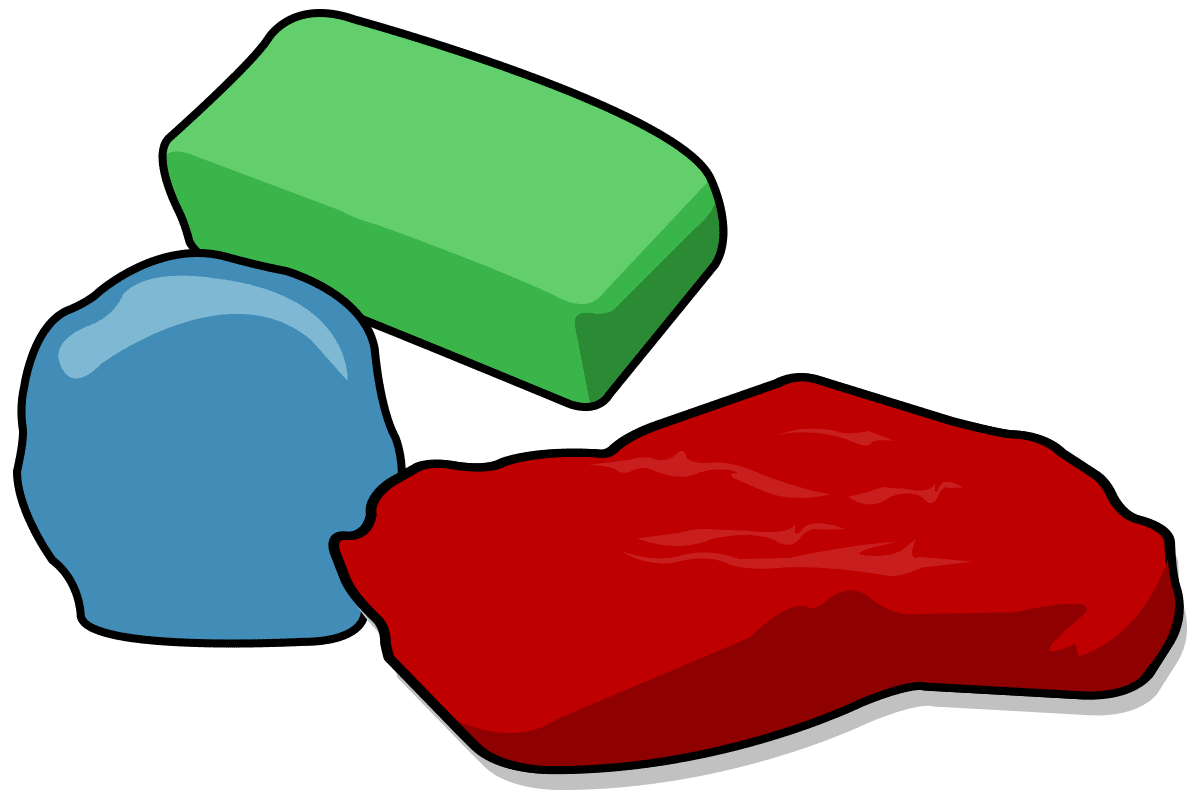
Homemade Playdough
There are dozens of homemade playdough recipes available online, and most require just a few simple ingredients like flour, salt, cream of tartar, water, and vegetable oil. Playdough can be made in about five minutes, and it lasts for several months if stored properly in an airtight container or plastic bag. Feel free to add food coloring to create different colors, and separate the batches into different bags.
How to Facilitate Play
Playing with playdough—and other substances like kinetic sand, slime, Oobleck, and other “goos”—is a beloved activity for many toddlers, preschoolers, and young elementary children. However, some children, particularly those with sensory sensitivities, don’t find it as enjoyable right away. If this is the case for your child, they will likely benefit from continued exposure and practice. Try to spend a few minutes with the playdough or “goo” every few days to help your child feel more comfortable with it and to build their creativity and stamina around how to engage with it.
Pro Tips before You Get Started
- Lay a piece of parchment paper onto your activity table or highchair tray to limit playdough crumbles sticking to the table.
- Set out a couple of tools for your child to use to manipulate the playdough. Cookie cutters and silicon spatulas work great.
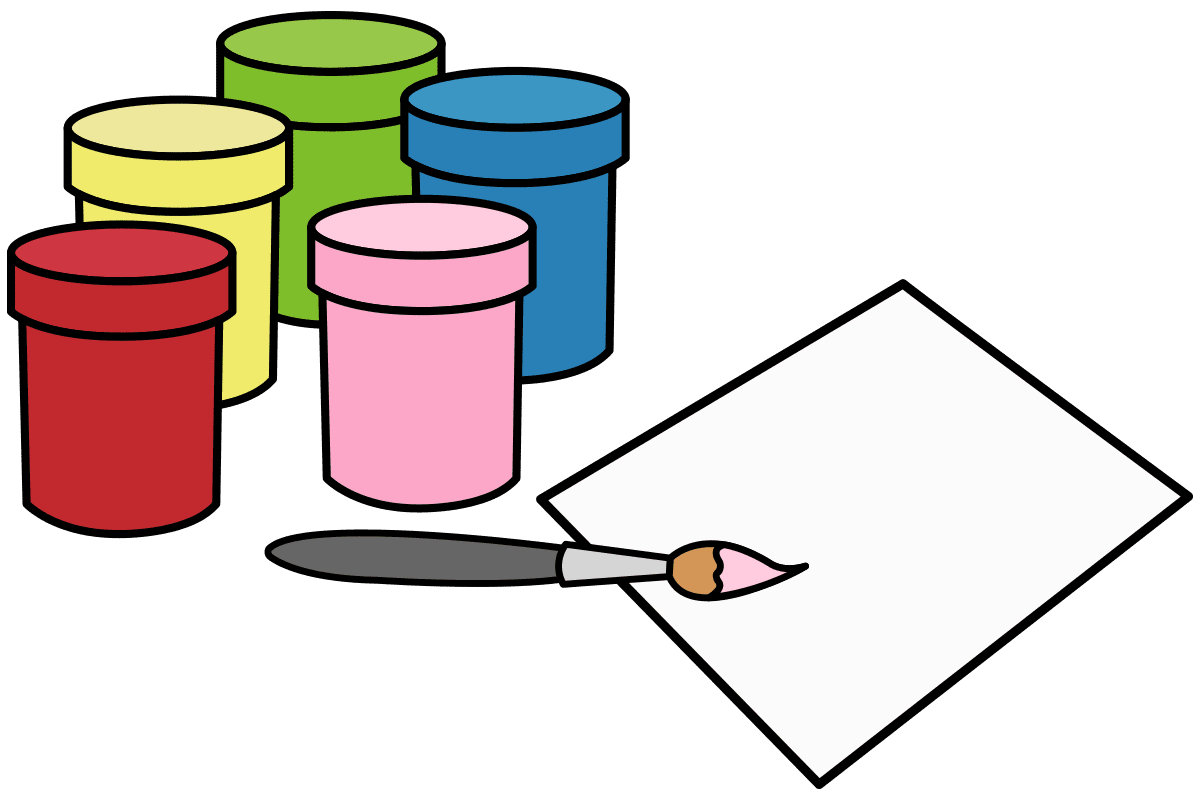
Painting
Painting is a powerful form of art that promotes healthy growth and brain development throughout childhood. It contributes to improved fine motor skills and hand-eye coordination, increased spatial awareness, creativity, emotional expression, and memory.
Before you scrunch your face at the idea of painting with your young child, hold on. There are easy ways to paint with your little one that don’t create huge messes or permanent stains.
Try These Activities
- Painting bricks with water
- Shaving cream painting—use fingers to paint directly onto a highchair tray, plastic activity table, or other wipe-clean surface
- Finger painting
- Paint with sponges—you can use traditional sponges and washable paints on construction paper, or use other kinds of “sponges” like plastic dinosaurs to make tracks by dipping their feet into paint
- Frozen paint—pour ~1–2 tablespoons of washable paint into an ice cube tray and place a popsicle stick into each individual cube. Freeze overnight. To paint the next day, take the frozen paint cubes out and enjoy!
Pro Tips
- Use washable paints! Be sure to read the labels carefully—some paints are washable with soap, water, and a round of detergent, and other paints really do wash right off with a bit of water. If you’re planning a specific art activity that requires acrylic paint or another material that is not easily washable, plan accordingly with smocks and a cleared area designated for the activity.
- If you’re at home and want a fast clean-up, use painter’s tape to hang a large piece of butcher paper on the wall of your bathtub or shower. Have children sit or stand in the tub or shower and paint directly onto the paper. As long as you’re using washable paints, the paint they’ll inevitably get onto their bodies and the tub will wash off in seconds.
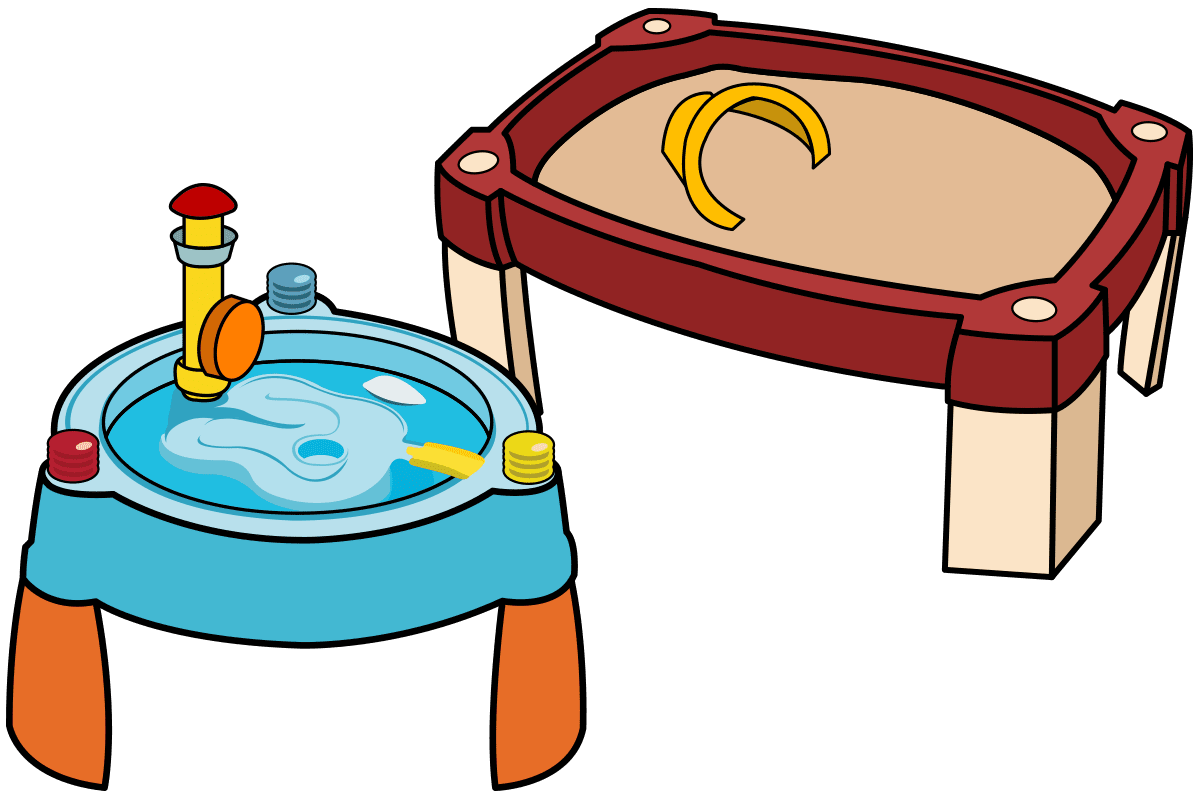
Outdoor Water Tables and Sand Boxes
Outdoor play does wonders for physical and mental health, so enjoy the fun in the sun! Water tables and sandboxes are two excellent ways to engage the senses outdoors, get vitamin D, and stay active. If you have a water table or sandbox, great! If not, look into plastic kiddie wading pools. These 4’–5′ pools are perfect for water or sand play. Think of them in the same way as you would your sensory bin, but bigger and outside‑only.
Pro Tips as You Prepare to Head Out
- Apply waterproof sunscreen and bug spray before going out.
- Ensure your children (and you!) drink plenty of water to stay hydrated.
- Always supervise children during water play.
Getting a Sense for Sensory Play
Sensory play can be a little daunting the first few times you try it. With a little up-front planning, it is a wonderful way to bond with your child and stimulate their creative growth and healthy development. Try not to worry too much if something gets messy, sticky, wet, crumbly, colorful, or dirty—that’s all okay, and in fact is a healthy, normal part of childhood.
Author’s note:
My children are currently loving the water table on the porch. We have a mid-morning snack, and then I set up the table with cups and containers of all sizes. My young boys, ages two and four, play for up to an hour with minimal intervention from me. What fun it is to see them play together as I enjoy a cup of coffee while it’s still hot.

